Exodus from Australian cities as coronavirus pushes people to the regions
The lockdowns may be over but fear of a new one is seeing a surge in Australians packing up and leaving the cities for good.
An irreversible “exodus” is taking place from Australia’s largest cities as workers – already fed up with high house prices and exhausting commutes – baulk at the prospect of spending possible future lockdowns confined to pokey properties.
The ability to work from home is rapidly turning into a reality of working from the country.
Real estate watchers had already detected an upswing in online searches for homes in regional towns. Now it’s been confirmed prices are shooting up in places like Geelong and Dubbo, just as they go down in Melbourne and Sydney.
But while the accidental by-product of the pandemic may bring joy to Aussies looking for a cheaper but enhanced quality of life, it could be disaster for our big cities which may see populations plummet.
“We might be entering into the next significant phase of Australia development,” Griffith University urban planner Tony Matthews told news.com.au.
“The move out of cities is on; we’re not going backward from this.”
RELATED: What Australia will look like by Christmas
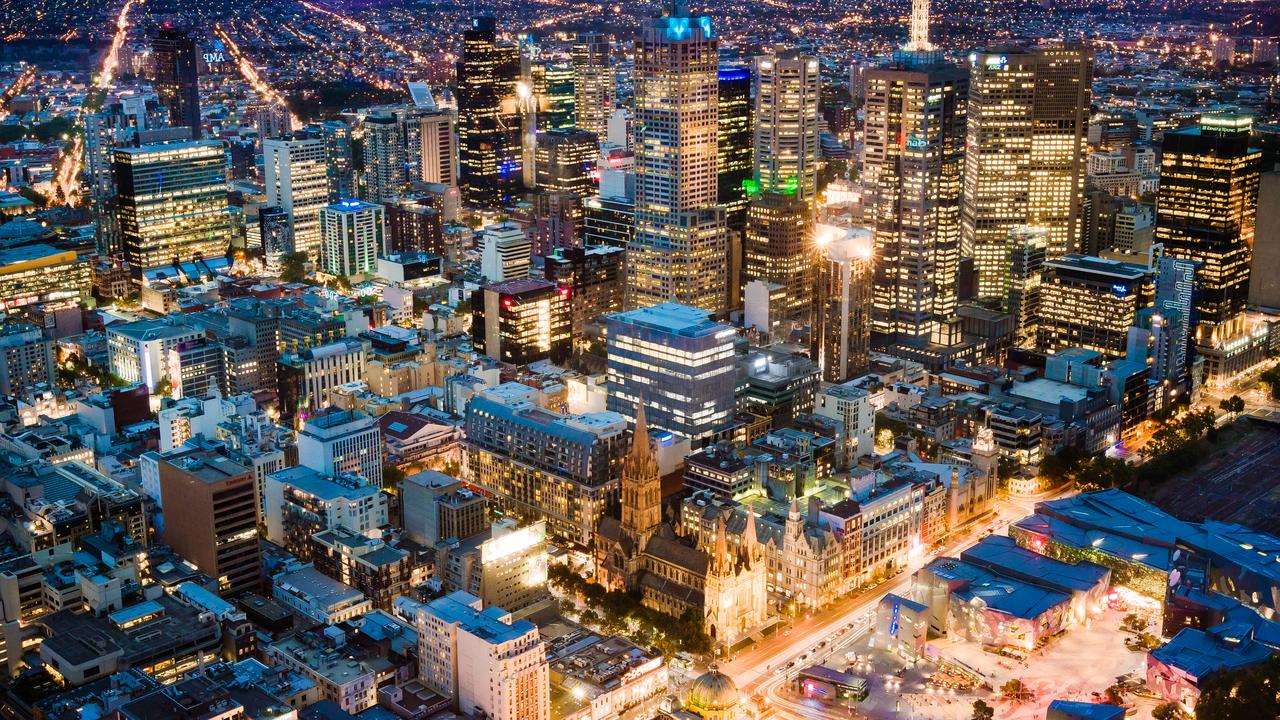
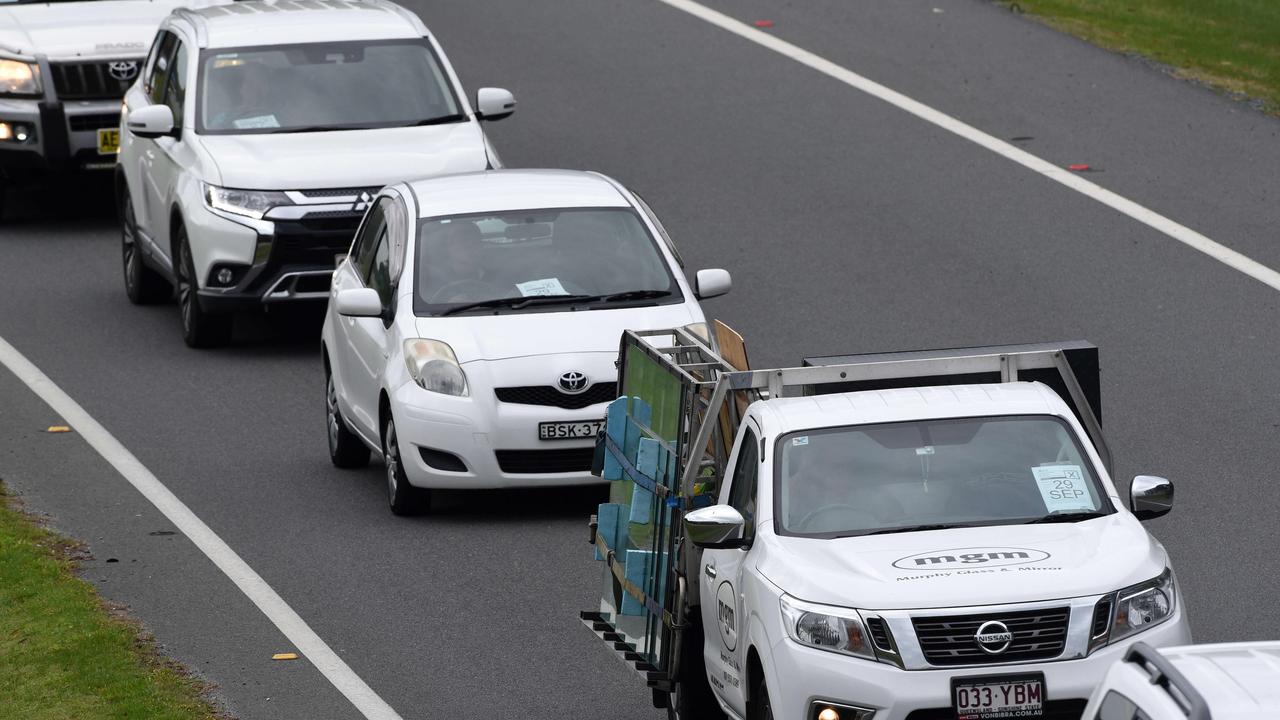
EXODUS HOTSPOTS
Earlier this month, property data firm CoreLogic said house prices in Sydney and Melbourne had fallen by 0.3 per cent and 0.9 per cent respectively during September. While other capital cities had seen modest rises in property values, the drop in Sydney and Melbourne led to a combined capital city market fall of 0.2 per cent.
In contrast, regional home values went up by 0.4 per cent in September or 4.3 per cent year-on-year.
Dubbo, in central west NSW, saw house prices skyrocket by 8.7 per cent in the six months to September.
Other regional housing hotspots include Noosa in Queensland, Maryborough in Victoria and Orange, also in the NSW central west.
“It’s absolutely a trend. Something we saw pretty early on in the pandemic was higher levels of research for property in regional Australia,” chief economist at property website realeaste.com.au Nerida Conisbee told news.com.au.
“Now we have data over a three-month period to show that research has flowed through to sales as people in lockdown look for more space.”
RELATED: Melbourne crushes world virus record
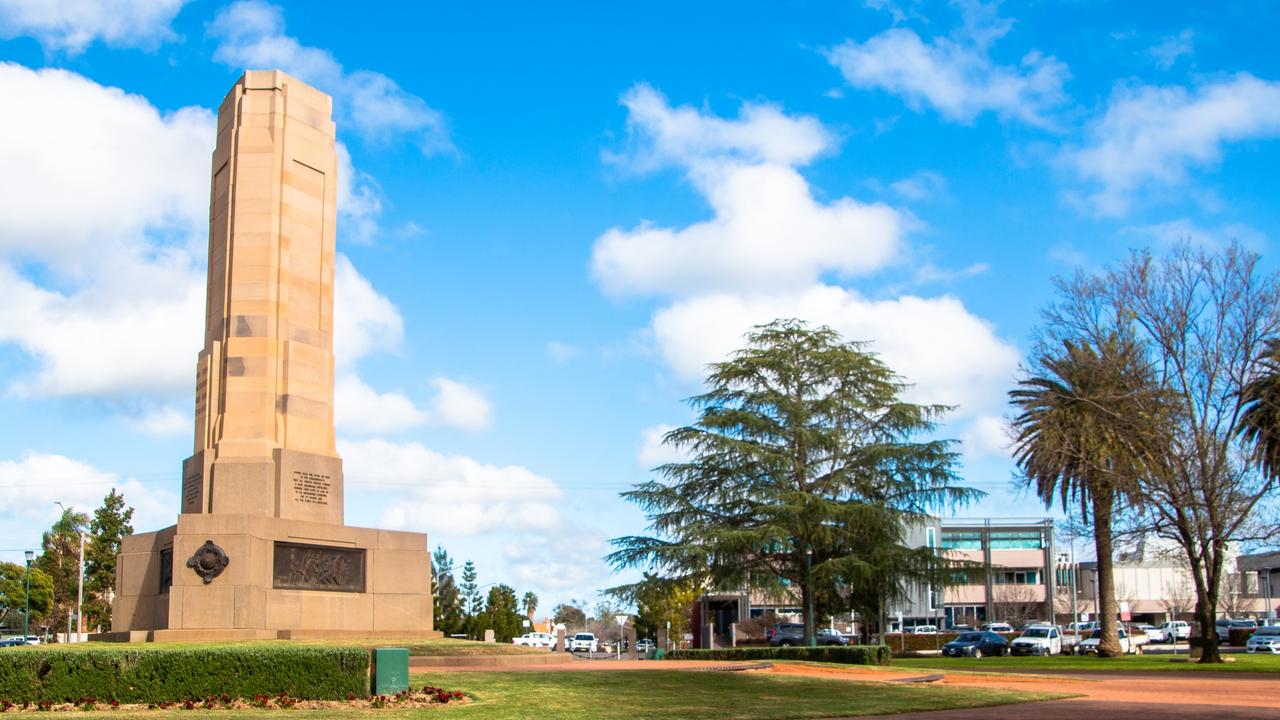
A creeping movement out of cities is nothing new. Towns within commutable distance of major capitals – Geelong and Wollongong for instance – have been steadily increasing in popularity.
However, since the pandemic, regional towns far further away have become magnets for those wanting to leave the big smoke.
“The most important connection had been a train line; now the most important infrastructure is a decent broadband connection,” Dr Matthews said.
“The big problem for regional cities was they didn’t have the jobs for professional workers. But the revolution in work from home has inadvertently solved that problem as your job can now move with you.”
Dubbo, five hours’ drive west of Sydney, is well out of commutable distance. Byron Bay is another pandemic escape bolthole which lies some distance from the nearest major capital.
RELATED: House prices rebound from COVID slump

PANDEMIC USHERS IN AGE OF ‘REGIONALISM’
Dr Matthews said the pandemic was ushering in a new age of “regionalism” which could become one of Australia’s major demographic shifts.
“Early settlement was based on urban city cores and then there was suburbanisation and then metro-regionalism as places like Geelong and the Central Coast effectively became outposts of the major cities.
“Metro-regionalism is now becoming full regionalism,” he said.
“I suspect we will see an exodus of certain people from the cities. These will be people established in careers looking for cheaper property and less congestion.”
Regional cities with population of more than 50,000 will be the initial beneficiaries as they are big enough to have the established services and infrastructure up and running to cope with an influx of tree-changers.
Dr Matthews said it was “great opportunity” for regional cities that could see not only substantial population growth but economic development as well as more rates rolled into council coffers and businesses prospered from newcomers opening their wallets.
“Globally, around 55 per cent of people live in cities; in Australia 90 per cent of us live in capital cities. That’s astronomically high by international standards,” he said.
“In a planning sense it’s a good thing as it rejuvenates those cities and reduces the population burden which is concentred on too small a number of cities.”
RELATED: Coronavirus could permanently change Australia’s CBDs
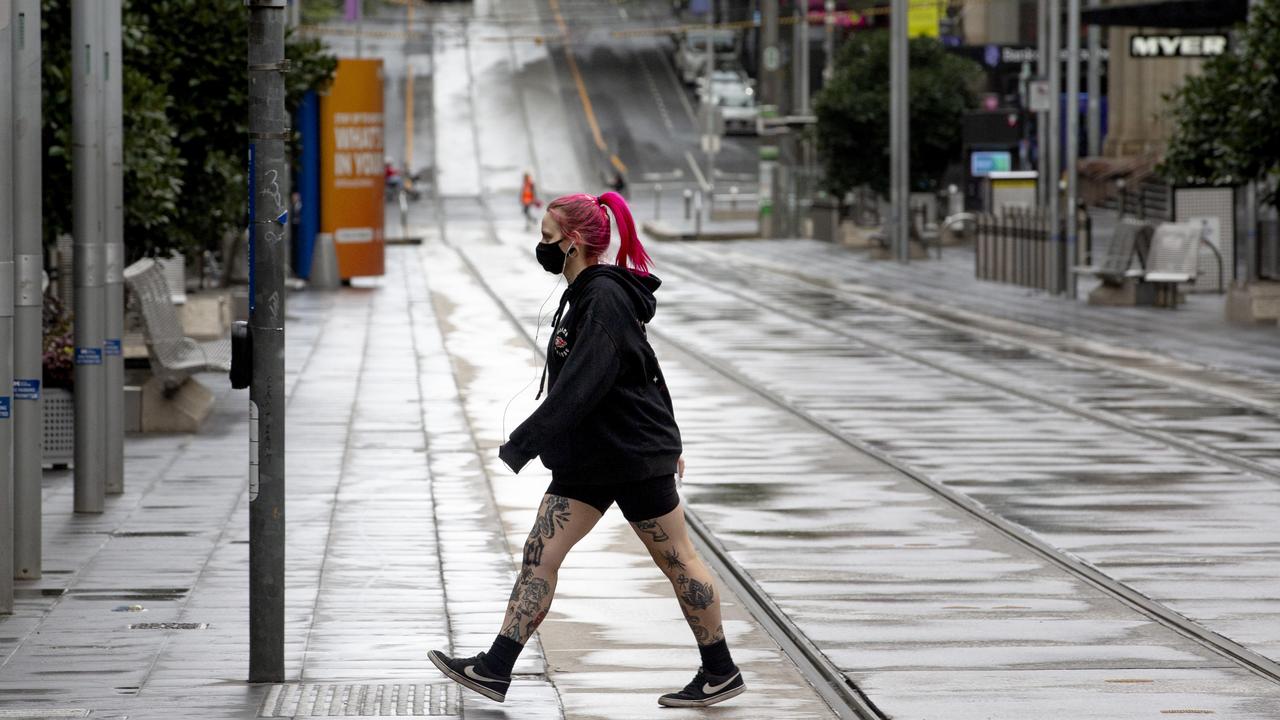
MAJOR CAPITALS WORRIED
But while it could be a new gold rush for major regional towns and cities, it could be the opposite for the capitals – particularly the CBDs.
Date from researchers Roy Morgan and transport technology firm Uber has shown no capital city CBD has returned to pre-COVID levels of movement.
Adelaide is closest with 78 per cent of people roaming around the CBD compared to before coronavirus, with Perth close behind.
Melbourne’s CBD, unsurprisingly, was practically a ghost town with just 15 per cent of pre-pandemic movement while the second wave lockdown was in place.
But even Sydney, which exited lockdown five months ago, still has less than half its average daily visitor numbers.
Business leaders have pleaded with the Victorian Government to fast-track a relaxation of COVID restrictions and allow more workers back to the office to save the city’s CBD.
Victorian Chamber of Commerce chief executive Paul Guerra told the Herald Sun one-in-five staff should be allowed to head back to city skyscrapers in an initial wave.
“We want to see Melbourne return to being the most liveable city, with a vibrant food, shopping, arts and events scene,” Mr Guerra said.
“Office workers’ return to the city will be crucial to reinstating Melbourne’s prosperity because so many CBD businesses are reliant on that foot traffic.”
However, Dr Matthews said it was likely some of the changes to the capitals were now permanent.
“Less residents means less ratepayers and that may cause financial concerns (for city councils).”
Fewer workers also means less demand for retail and hospitality services.
RELATED: ‘Insane’ reaction to Melbourne reopening
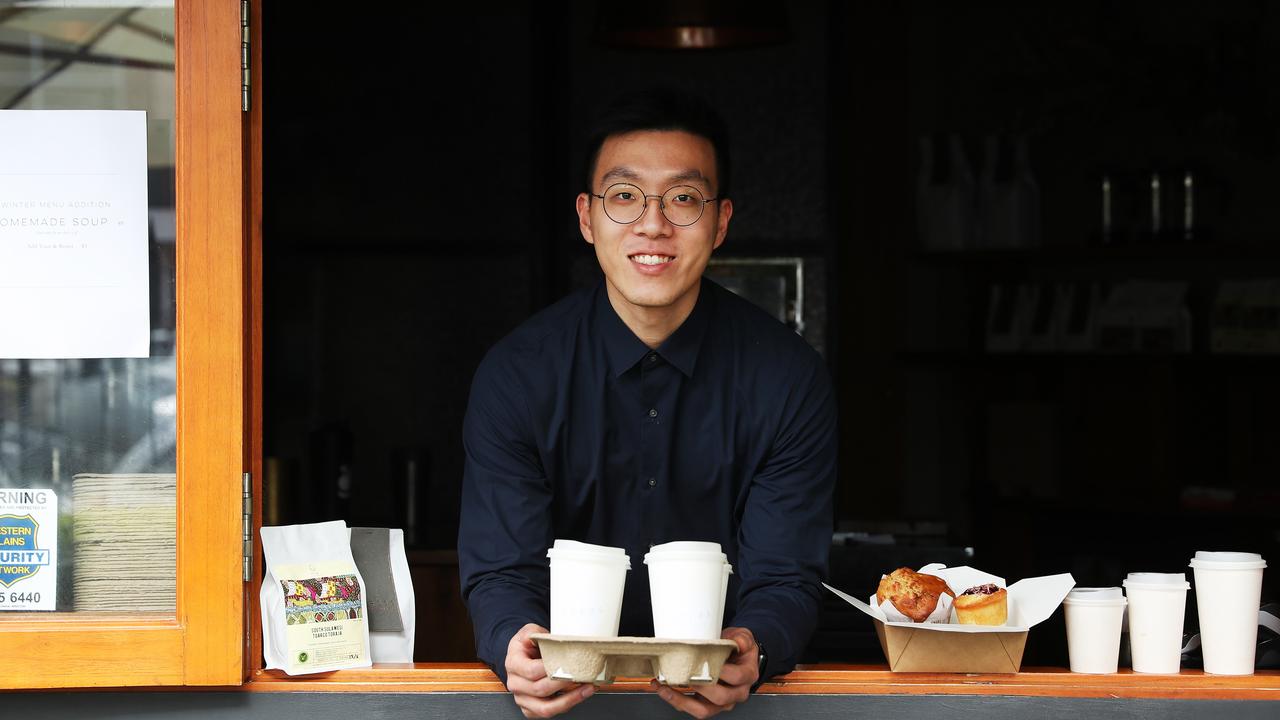
DANGER IN REGIONAL CITY BOOM
However, this drop in numbers should be softened when international borders reopen as migrants overwhelmingly pick Australia’s major capitals to get a foot on the job ladder. That’s unlikely to change in the long term.
And it’s not all good news for the regions either. The coming surge of city folks could change these towns and cities forever.
“Popular places could fill up quickly and people will be priced out. Housing supply will lag behind and this could displace the current population,” Dr Matthews said.
Ms Conisbee said how capitals and regional areas fared would depend on how many employees would be compelled to head back to offices and factories, and for how many days per week.
Someone who worked from home four days a week could conceivably live further out than someone who spends four days a week in the CBD.
“Cities will bounce back. What they look like now isn’t what they will look like in the future.
“Getting back into the workplace will prevent some people from moving. But we’re not going to get back to where we were.”
There was an opportunity with the CBD uncertainty though. If you actually want to live in the city, now’s the time to look for a place, she said.
“We’ve seen 700 vacant apartments in Melbourne’s CBD since March. There might be better bargains now in Melbourne than in Geelong or Ballarat.”




